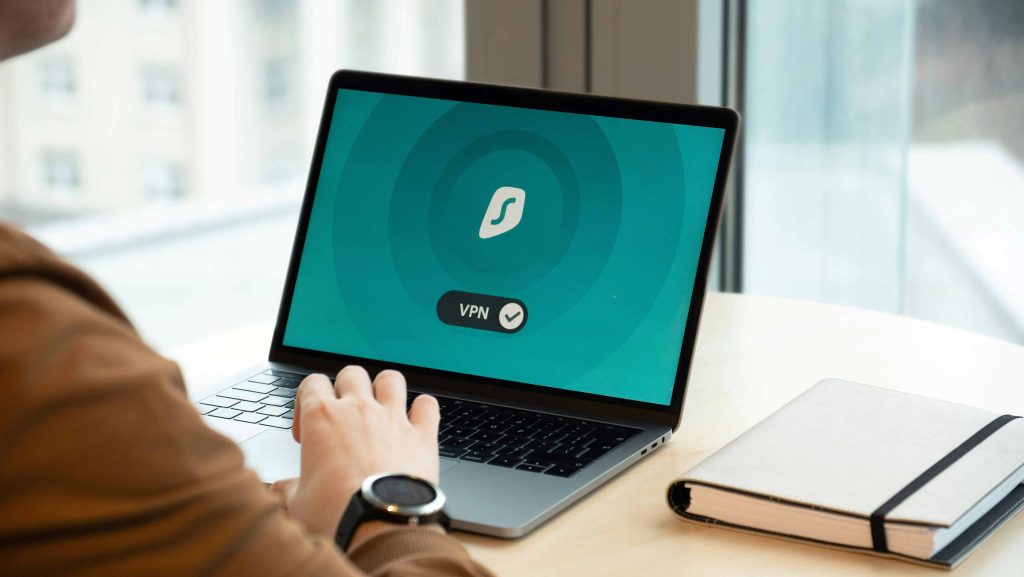Let me tell you what happened at a hotel in Dubai. I’d just arrived after a 9-hour flight, bleary-eyed, needing to send a single email. I connected to the hotel Wi-Fi, launched my VPN, and—nothing. No connection. It was like the internet just died. Turns out, the hotel firewall wasn’t just bad, it was actively blocking VPNs. Some VPNs just tap out when that happens. But NordVPN has these obfuscated servers that work in even the most locked-down places I’ve been to, like the UAE. ProtonVPN has a stealth mode too, which is nice when you’re trying to look like regular traffic.
That’s not an isolated case. Hotel Wi-Fi is weird. Sometimes it’s open and fast. Other times it’s locked down tighter than airport security.
So if you’re traveling and planning to use a VPN (which you absolutely should), here’s how to make sure it actually works when you need it.
Why Hotels Hate VPNs (Even If They Don’t Say It)
Some hotels block VPNs on purpose. Why? A few reasons:
- They want to control the bandwidth
- Their “premium Wi-Fi” upsell relies on throttling basic connections
- Their network is set up by someone who barely knows how to spell “firewall”
Also, some regions (like parts of the Middle East or China) block VPNs at the ISP level. So it might not even be the hotel—it could be the entire local network stack.
1. Use Obfuscated or Stealth Mode (Seriously, Use It)
This is the #1 way to get around blocks. Most decent VPNs have some version of obfuscation—a fancy word for “hiding the fact you’re using a VPN.”
Look for:
- Surfshark’s “NoBorders” Mode
- ExpressVPN’s Stealth Servers
- NordVPN’s Obfuscated Servers
Turn that setting on before you connect to the hotel Wi-Fi, or at least before you open any apps. Some firewalls catch the handshake if it’s obvious.
[TECHNICAL TIP: These modes disguise VPN traffic as regular HTTPS so they don’t trigger packet filtering.]
2. Switch Protocols Until One Works
WireGuard is fast, but sometimes it gets blocked. OpenVPN over TCP is slower but sneakier. IKEv2 works well on mobile networks.
If your VPN lets you switch manually, try this order:
- WireGuard
- OpenVPN UDP
- OpenVPN TCP
- IKEv2
And if all else fails, go stealth mode + OpenVPN TCP. That combo got me through some rough setups in Cairo and Istanbul.
3. Try a Different Port (No, Really)
Hotels often block common VPN ports like 1194 (OpenVPN default). Some VPNs let you choose a port manually. Try using port 443, which is the same one HTTPS sites use. It blends in because it looks like normal encrypted web traffic.
This trick saved me at a Marriott in Athens where nothing else worked.
4. Use a Mobile Hotspot as a Backup Plan
Sometimes hotel Wi-Fi just won’t cooperate, no matter what you do. I carry a local SIM with data or use an international eSIM to tether my laptop.
I’ve lost count how many times this saved my deadlines. Not ideal, but better than sitting helpless with a frozen browser.
5. Download VPN Configs Before You Travel
Some countries (and hotel firewalls) block VPN websites too. You’ll land, try to get online, and boom—you can’t even log into your provider.
Always download:
- VPN apps on all devices
- Offline installers if possible
- Config files for manual OpenVPN setup
And store them somewhere easy to access like Dropbox, iCloud, or even a USB stick.
Bonus Tips from the Road
- The Hilton in Kuala Lumpur blocks VPNs unless you switch to OpenVPN TCP
- In Prague, I had to tether off my phone in the lobby just to download an update
- The Ibis in Bangkok? Totally fine with VPNs, even let me use WireGuard with no drops
Basically, you never know. Prepare for the worst, and you’ll cruise through 90% of places.
Real Talk:
Most travel bloggers don’t mention this stuff because they’ve never had to troubleshoot a broken VPN at 2 AM while trying to submit a tax form back home. I have. Many times.
Using a VPN while traveling isn’t just about privacy. It’s survival—especially when you’re bouncing between countries with flaky internet rules.

